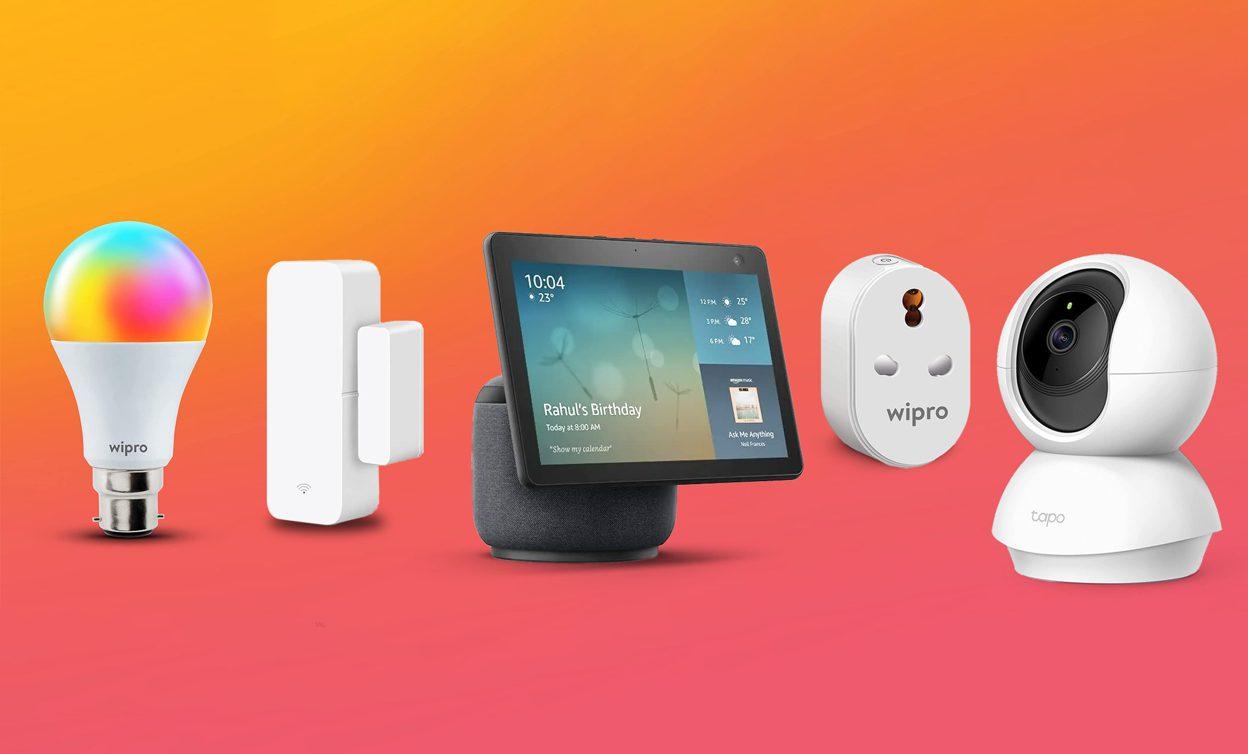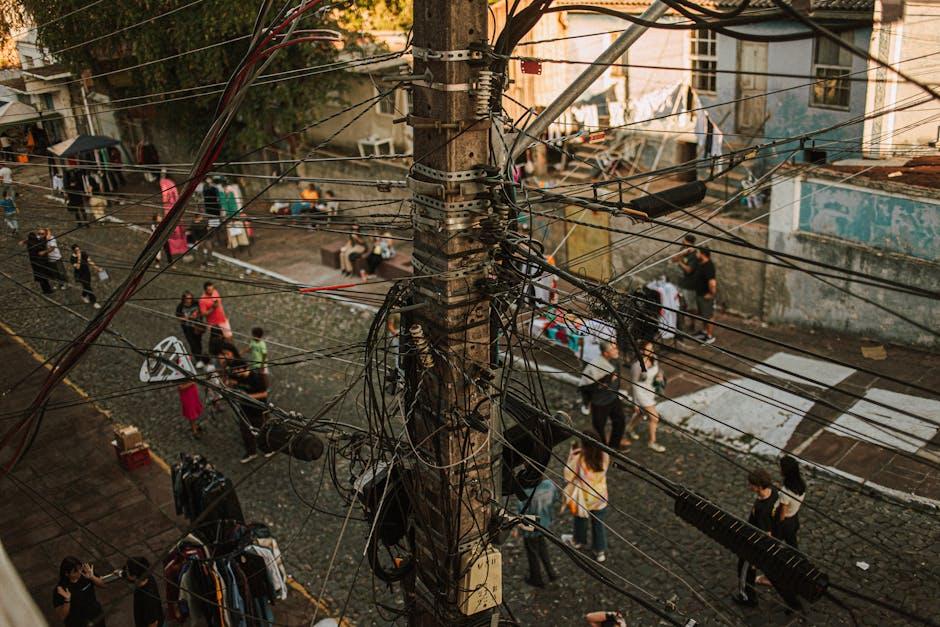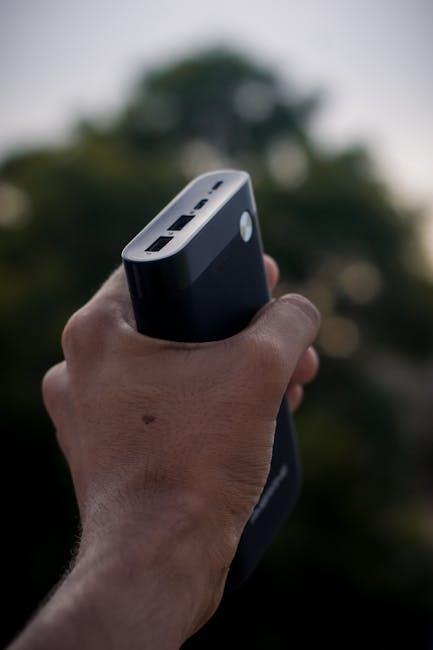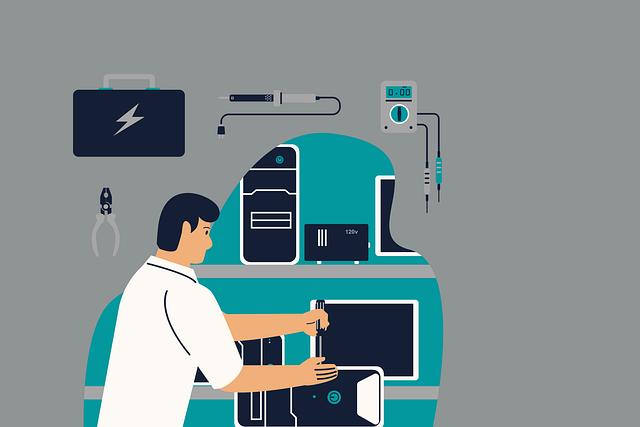In an age where our homes are increasingly intertwined with technology, the rise of smart devices has transformed the way we interact with our living spaces. From intelligent thermostats that learn our preferences to voice-activated assistants that manage our daily routines, these gadgets offer unparalleled convenience. However, one pressing question looms large in this digital landscape: what happens when the power goes out? As storms brew and outages strike, the reliance on these sophisticated devices prompts a closer examination of their resilience during network interruptions. In this exploration, we will delve into the capabilities and limitations of smart technology when the lights dim and connectivity falters, revealing not just the fragility of our digital conveniences, but also their potential to adapt and persist in challenging conditions. Join us as we uncover the realities of life with smart devices in a world where power is anything but guaranteed.
Understanding Smart Devices Resilience During Power Outages
When the power goes out, smart devices can exhibit varying degrees of resilience, depending on their design and capabilities. Many modern devices are equipped with battery backup systems or internal capacitors that allow for continued operation for a short period. This means that certain functions can remain active even without a direct power supply, especially those related to security or emergency notifications. For example, devices such as smart cameras and alarms can often send alerts to homeowners, providing crucial functionalities that safeguard against potential security threats during blackouts.
However, not all smart devices are created equal. Various factors play a role in their performance during outages, including:
- Battery Capacity: Devices with larger batteries can sustain power for more extended periods.
- Energy Efficiency: Smart appliances designed to consume less power can operate longer without access to the grid.
- Backup Connectivity: Some devices can switch to cellular networks, ensuring communication capabilities remain intact.
To better understand how different devices perform, consider the following table highlighting common smart devices and their typical resilience during power interruptions:
| Device Type | Battery Backup | Typical Duration of Operation |
|---|---|---|
| Smart Security Camera | Yes | Up to 24 hours |
| Smart Thermostat | Limited | 1-3 hours |
| Smart Light Bulb | No | Not operational |
| Smart Door Lock | Yes | Up to 6 months (on standby) |

Navigating the Challenges of Network Interruptions
Modern smart devices are designed with a variety of features that allow them to function effectively even during network interruptions. These devices use a combination of local processing, offline capabilities, and advanced sensor technologies to ensure continued operation. For example, devices like smart thermostats can maintain pre-programmed settings, allowing for climate control even when Wi-Fi is down. Additionally, many security cameras have local storage options that enable them to record and store footage directly on the device. This ensures that crucial data is not lost during connectivity issues.
Furthermore, the adaptability of smart home ecosystems plays a significant role in mitigating the impact of outages. When the internet goes down, many devices fall back on their native protocols, allowing them to communicate with each other without relying on cloud services. Key benefits include:
- Local Control: Users can still manage devices through their app if it supports offline functionality.
- Resilience: Many systems can continue executing automated routines; for instance, smart lights can follow preset schedules.
- Backup Power Options: Devices equipped with battery backup can maintain functionality; smart locks may allow entry without an internet connection.

Maximizing Functionality with Battery Backup Solutions
In an age where dependency on technology is at an all-time high, having an uninterrupted power source is more crucial than ever. Battery backup solutions not only provide the necessary power to ensure that devices remain operational during outages, but they also enhance the overall performance and reliability of smart devices. By integrating a battery backup, users can experience the following benefits:
- Continuous Connectivity: Maintain your smart home’s connectivity and control, ensuring you can monitor and manage devices remotely.
- Energy Efficiency: Smart devices can optimize their energy usage during downtimes, prolonging the lifespan of the battery.
- Data Protection: Secure your valuable data with uninterrupted operation of systems, minimizing risks of corruption or loss.
To understand which battery backup solutions are suitable for different smart devices, it’s beneficial to compare options based on capacity and runtime. Here’s a concise overview:
| Device Type | Recommended Battery Capacity | Estimated Run Time |
|---|---|---|
| Smart Lights | 500 Wh | Up to 24 hours |
| Smart Thermostat | 250 Wh | Up to 48 hours |
| Wi-Fi Router | 1000 Wh | Up to 12 hours |
| Smart Security Cameras | 200 Wh | Up to 36 hours |
Investing in the right battery backup systems allows users to ensure that their smart home remains operational, even when the unexpected occurs. With the right setup, users can enjoy a seamless experience while using smart devices without interruption during power outages.

Best Practices for Smart Device Maintenance in Unstable Conditions
Maintaining smart devices during unpredictable conditions is crucial for ensuring their longevity and optimal performance. To begin with, regular updates play a vital role in keeping devices resilient. Firmware and software updates not only fix bugs but also enhance security protocols, enabling devices to better withstand interruptions. Additionally, investing in surge protectors can safeguard your devices from sudden power spikes that often accompany outages. This simple measure can prevent long-term damage to your valuable technology. To further mitigate risks, consider creating a backup system for your critical data, allowing seamless access even when connectivity is disrupted.
Moreover, it’s essential to monitor the battery health of your devices, particularly those that rely on rechargeable batteries. Ensure that devices such as smart speakers and security cameras are fully charged and capable of operating independently during power interruptions. Incorporating manual overrides can also be beneficial; for example, devices should be equipped with mechanisms that allow operation without network dependency. Regularly evaluate your network configuration to optimize performance under strain and consider using local network options, such as peer-to-peer connections, when Wi-Fi is unavailable. Implementing these practices can significantly enhance your device’s reliability in the face of unpredictability.
Future Outlook
As the lights flicker and the digital world pauses, our smart devices reveal both their resilience and their limitations. While some can adapt seamlessly, others falter in the face of network interruptions, highlighting the importance of understanding their true capabilities. Ultimately, navigating a power outage becomes not just about technology, but about preparedness and adaptability. As we continue to weave smart devices into our lives, recognizing their strengths and vulnerabilities ensures we remain connected—whether through the latest innovations or simple human ingenuity.




